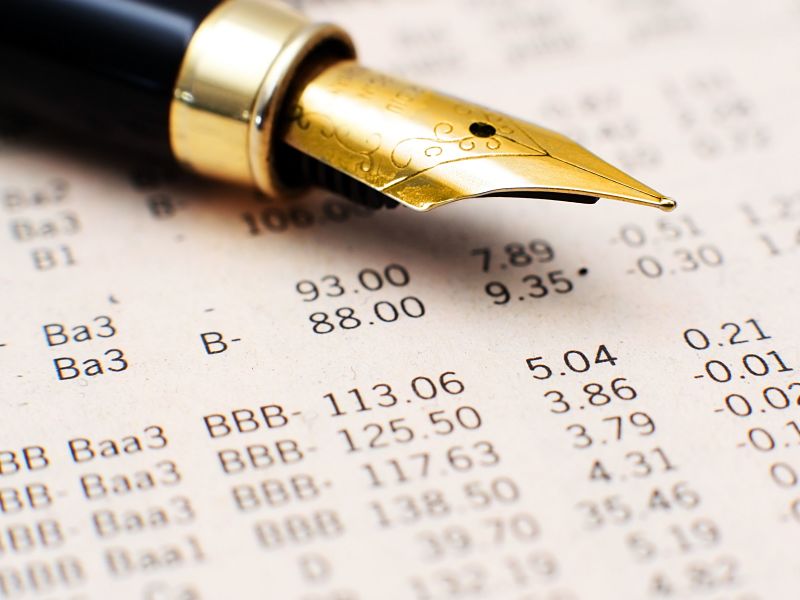
Active fixed income ETFs have become significant competitors to their passive counterparts.
In Canada, active fixed income ETFs represented 24% of all fixed income ETFs at the end of June 2018, according to a report by Daniel Straus, Ling Zhang and their team of analysts at National Bank of Canada called “A Close Look at Actively Managed Fixed Income ETFs.”
There are many factors to consider when evaluating these ETFs, according to the authors. The challenges include “gauging the fair cost for active management, understanding the manager’s investment style, and dealing with limited access to fund holdings and information,” the analysts wrote.
Here are four tips.
- Pay attention to the name of the fund
The name of the ETF may not include all the product attributes, wrote the authors. The name of a managed ETF can indicate the primary focus of the fund’s portfolio manager, but there’s often leeway to get out of a mandate and take advantage of unexpected opportunities. “For example, a product with ‘Canada’ in its name may hold foreign exposure, and a product with ‘investment grade’ in its name may have sub-investment grade bonds. It is worth the effort to look under the hood and understand the true exposure,” the report said.
- Take the duration with a grain of salt
Duration is a measurement of a bond or a bond portfolio’s sensitivity to interest rates, and is expressed in terms of years. Typically, funds with lower average duration are associated with lower risk.
However, certain active ETFs can use derivatives to manage duration, which leads to additional complexities which are not immediately obvious to someone only looking at the duration.
- Check if it is an ETF-of-ETFs
A number of actively managed ETFs use other ETFs as underlying assets instead of investing directly in bonds. “The benefit of the ETF-of-ETF structure is that managers can make quick and large asset allocation switches,” the authors wrote. “On the other hand, the structure may not allow bottom-up security selection, especially if the components are passive products. The structure is not typically noted in an ETF’s name.”
- Watch out for currency hedging
There is no consistency in currency hedging for foreign bond ETFs, the analysts note: “Most bond ETFs are currency hedged if they hold foreign bonds, but some active managers do employ discretionary currency management (e.g., allowing up to 10% net currency exposure depending on carry conditions), while other products are unhedged entirely.”
As the authors note, evaluating active bond ETFs is challenging. “One needs a multi-step due diligence process to learn about the portfolio manager’s style, looking beyond the fund’s name, snapshot yield, duration and credit breakdown,” Straus and Zhang wrote in the report.